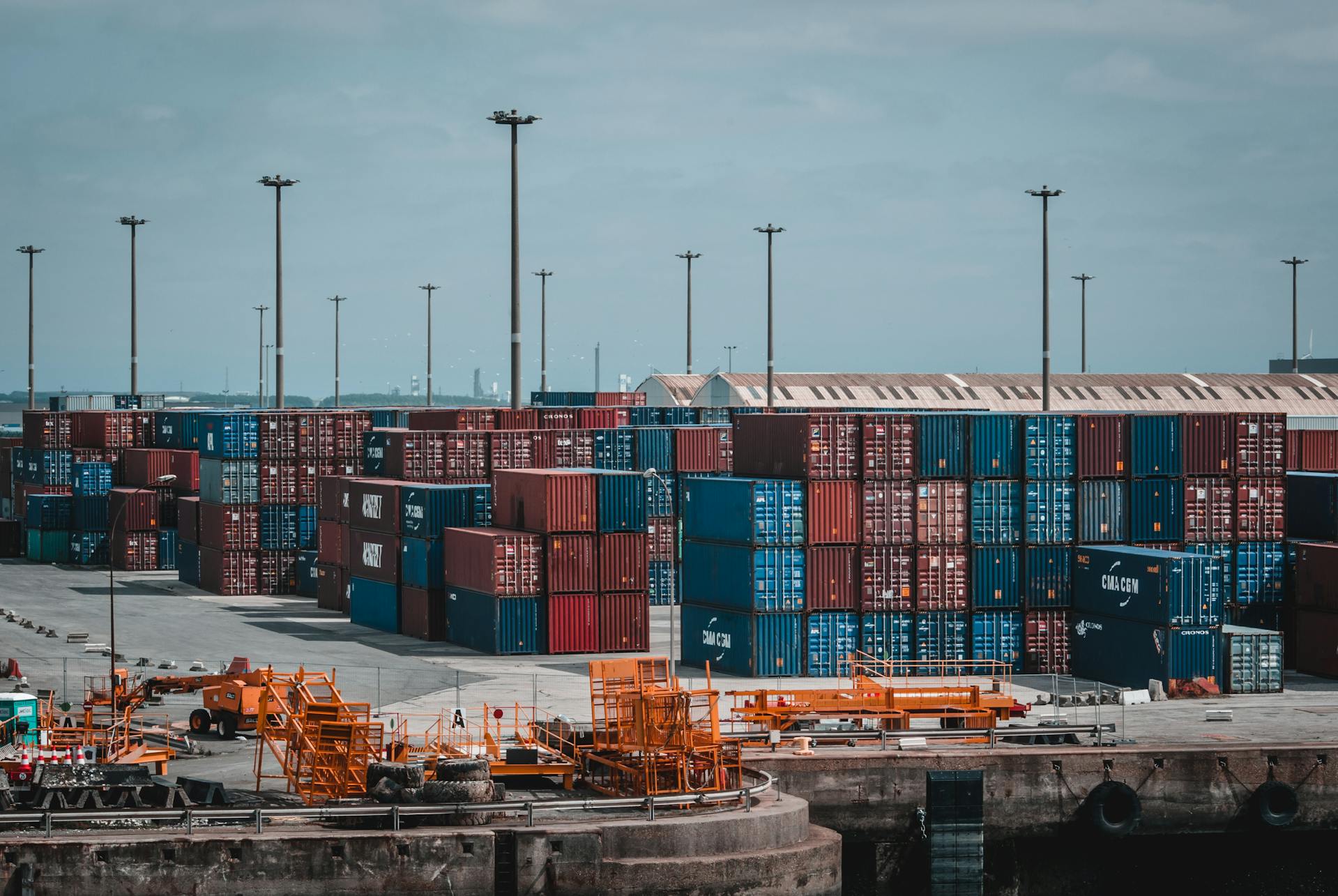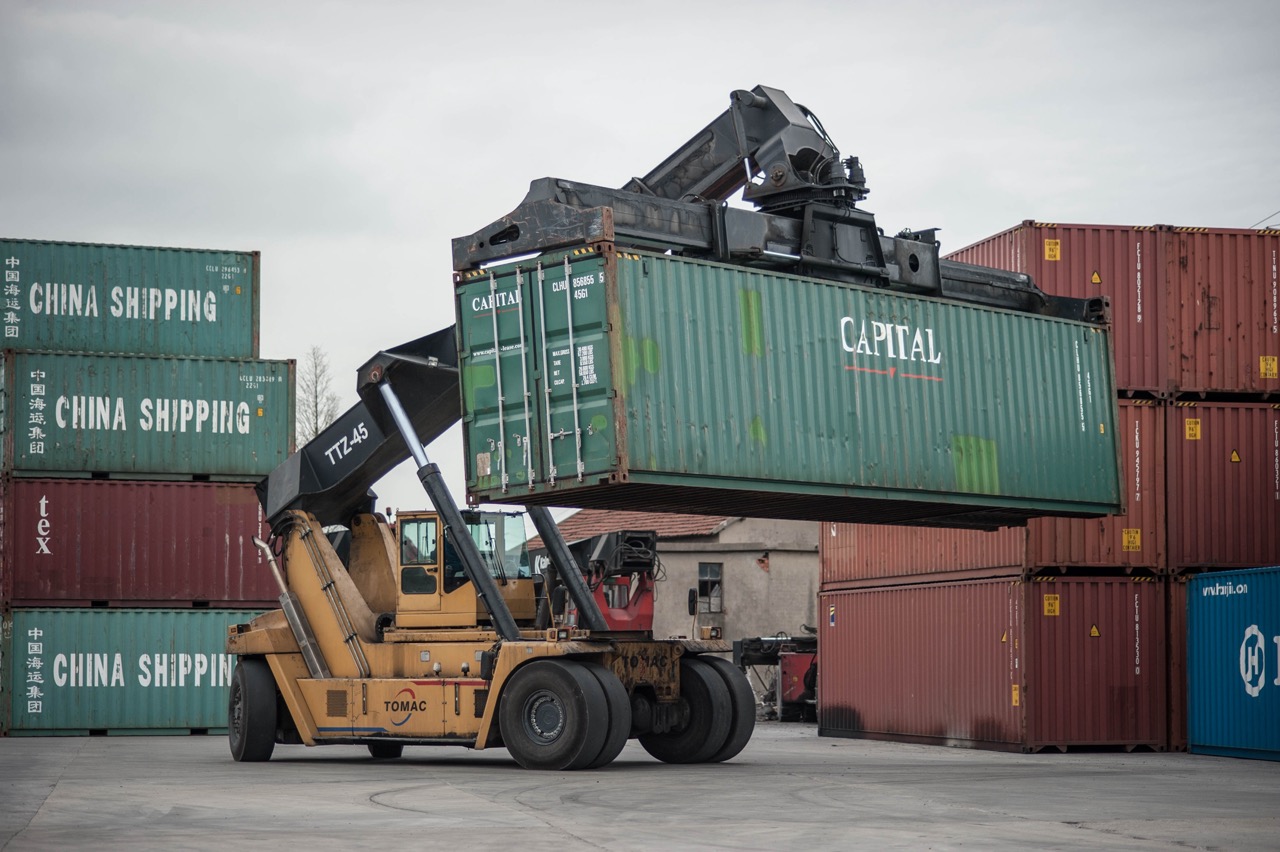Analysts: the rise in sea freight prices will soon come to an end
The Red Sea crisis in late 2023 and early 2024 has led to a sharp rise in sea freight prices. The cost of container shipping has been at an all-time high for the past 1.5 years. However, the rise in sea freight rates has now slowed.
In February, the Transport Intelligence index showed an increase of almost 174% in 3 months. The cost of shipping a 40ft container reached US$3,864. In November 2023, it was US$1,411. In addition to the disruptions in the Red Sea, freight costs have also been affected by the inclusion of European ships in the ETS system. The EU introduced this system to allocate and trade emission allowances for transport. Despite the noticeable rate growth, analysts consider this trend to be short-term. The price growth momentum has slowed significantly and will likely continue in this direction.
A significant challenge for the market is the introduction of new shipping containers. After the shortage of ships during the pandemic, additional transport will go to sea this year.

Trends in the sea freight market
Given the abovementioned factors, many operators expect a correction in the market. In terms of changes in cargo volumes, there is a slight increase compared to 2023:
- 1.6% rise in freight volumes in the third quarter of 2023;
- 1.2% growth in the fourth quarter;
- the increase in early 2024 was notable in APAC and the Asia-North America trades.
Experts note continued strong demand in the US for products from Asia. At the same time, European countries began to buy less. It is worth noting that the low demand from European buyers made it easier to survive the crisis in the Red Sea. Otherwise, sea freight prices would have increased even more. In addition, there were no severe vessel delays as during the Suez Canal accident.
The impact of new ships
In February, the number of container ships available was 6.2% higher than in 2023. This was due to the increase in transport capacity. In the first quarter of 2024, they were 12% higher than in the same period in 2023.
However, the experts do not consider the situation to be critical yet. Operators are actively using transport space, while profits have fallen significantly. The majority of shipowners are operating at a loss. Against the backdrop of declining sea freight prices, new capacity may have a negative impact on carriers’ profits. An improvement in consumer sentiment will help reduce the negative impact. This is what both airlines and their customers are hoping for.

















